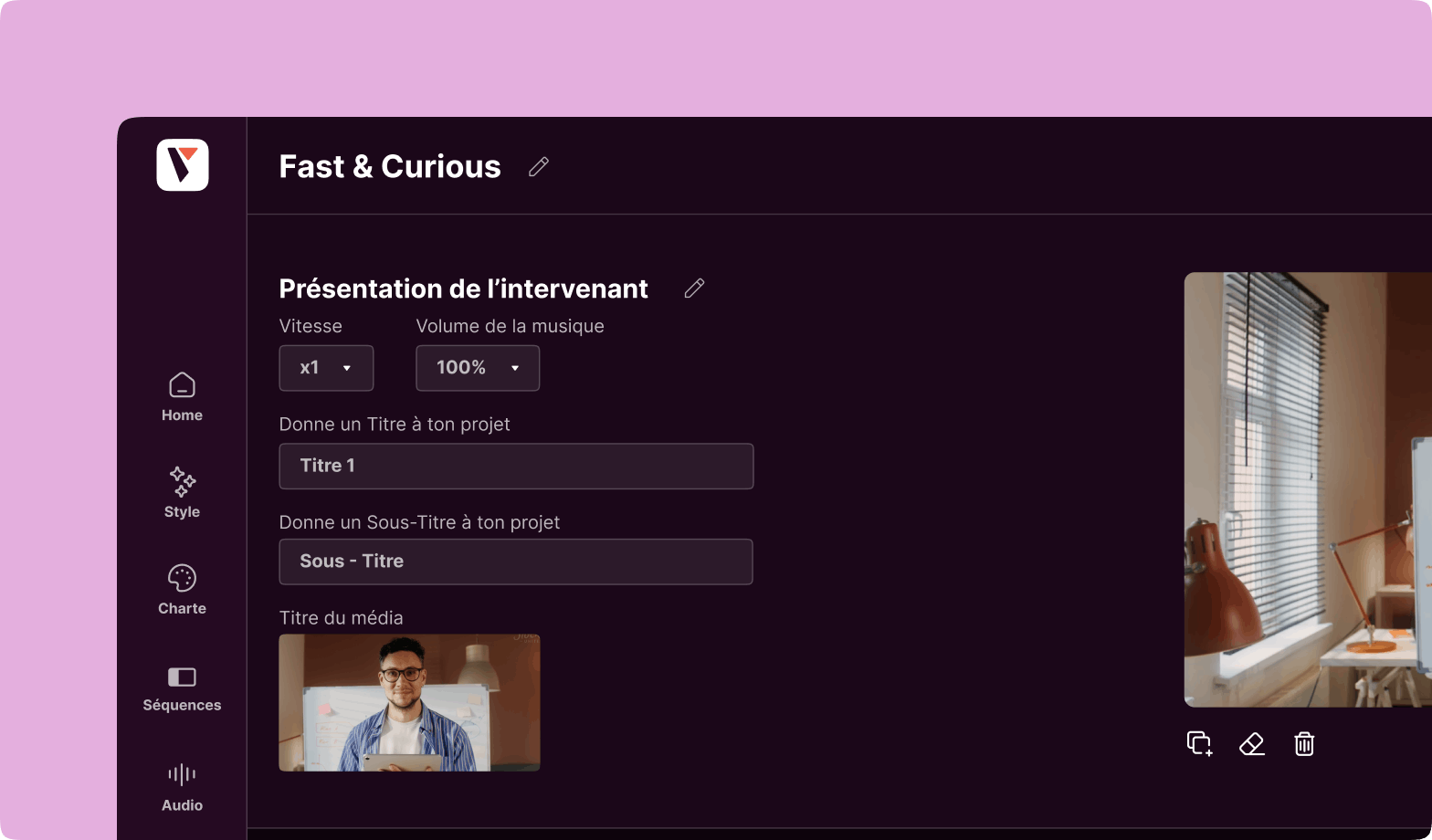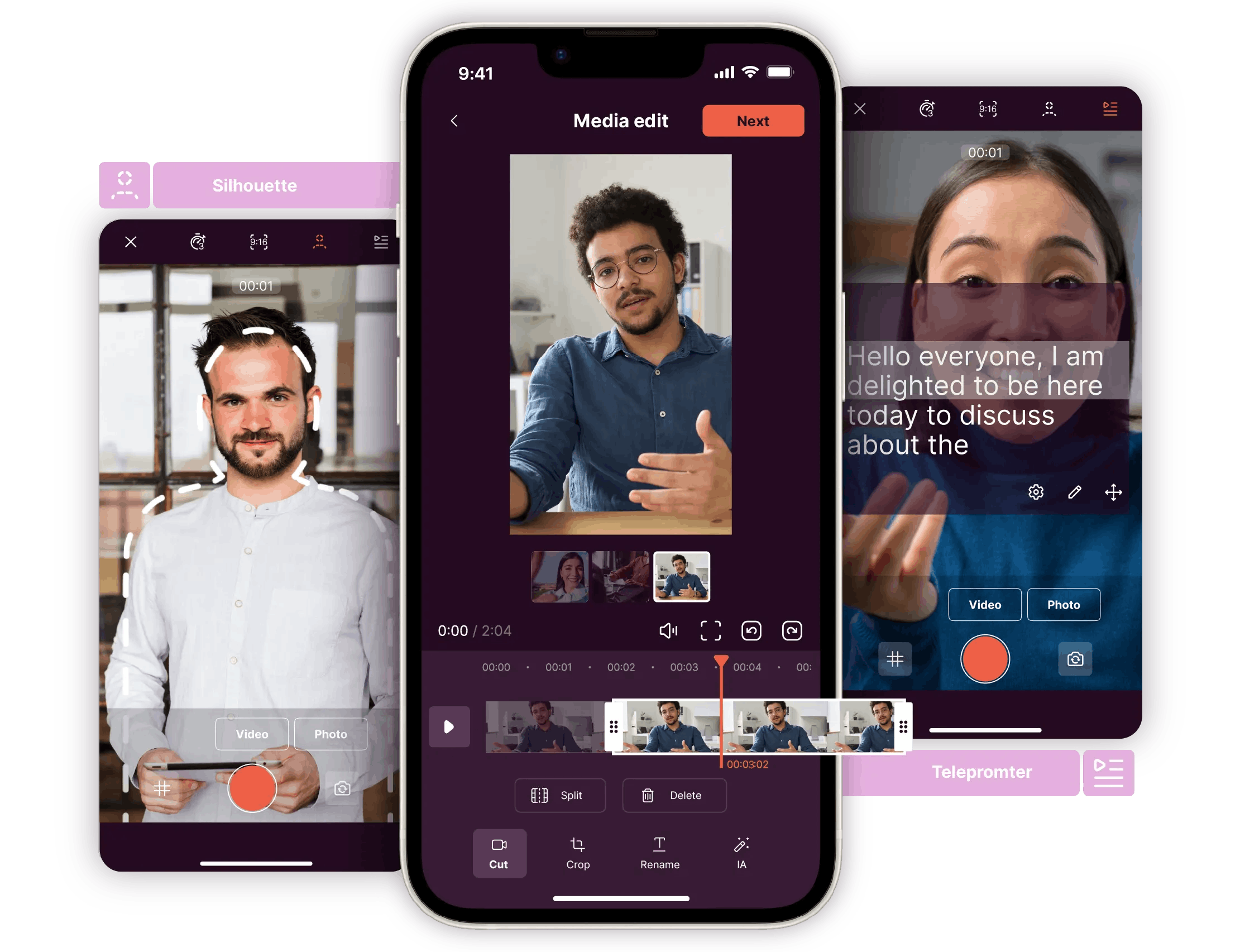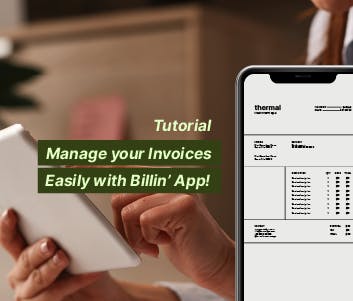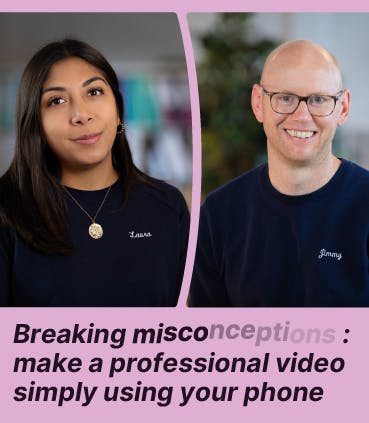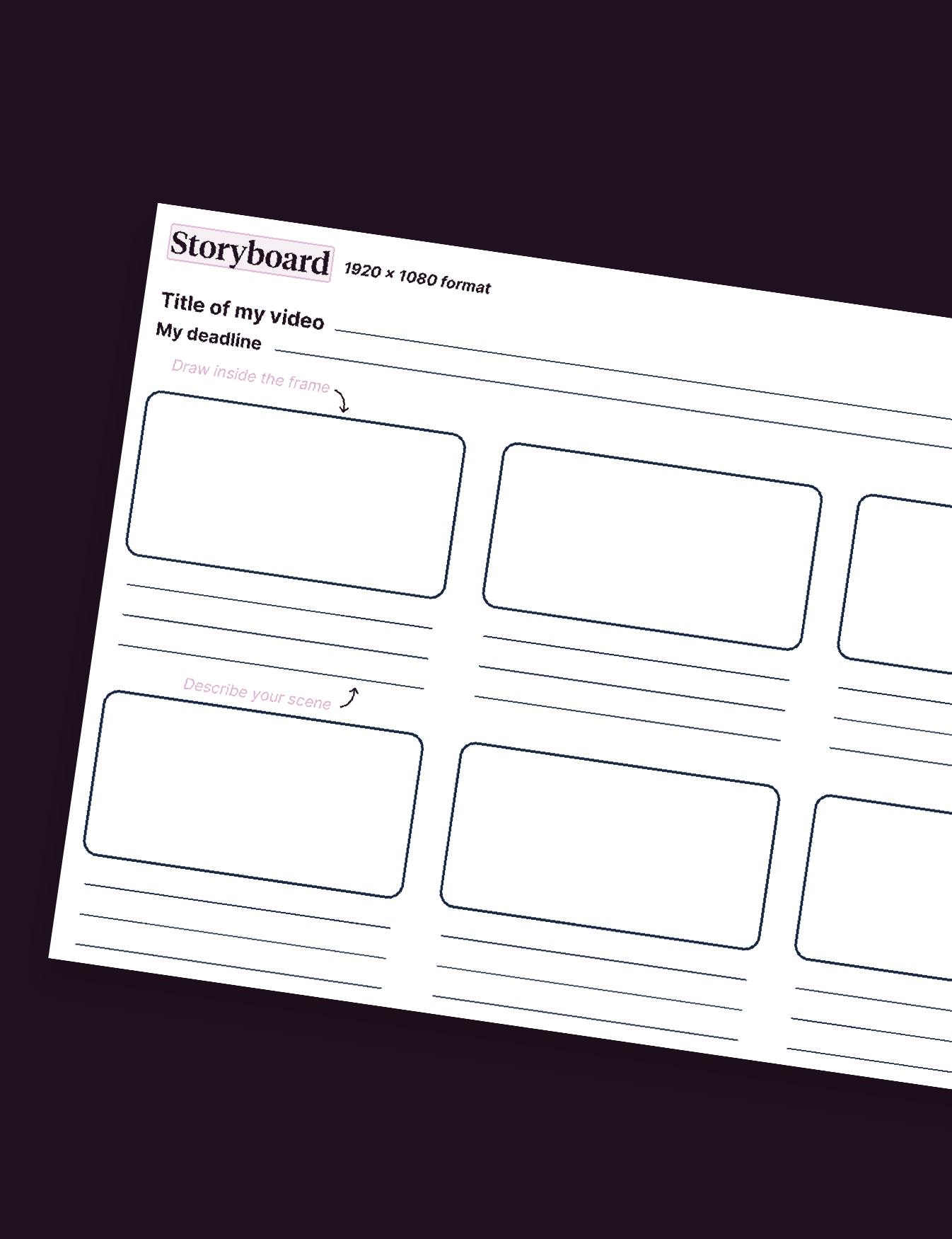How To Make A Good Onboarding Video?

Onboarding Video is the best way to welcome new employees, to explain the rules, show your services and products. So new recruits can be autonomous quickly.
Have you found the next gem to work for your company? Congratulations! Now, you need to go through the most critical phase of an employee’s tenure in your company: the onboarding process.
Indeed, the quality of your employee onboarding process will make the difference between the new hires who struggle and those who successfully integrate your firm. A qualitative onboarding increases employee retention and decreases the costs linked to hiring new employees. For instance, research carried out by GlassDoor highlighted that a structured onboarding program improved employee retention by 82%.
One efficient way to introduce new hires to your company is through employee onboarding video. With the COVID-19 pandemic, onboarding video has even become a secret weapon for companies who want to smooth their hiring process and engage their new employees from the start.
Do you want to reap the benefits of an onboarding video for your own recruitment process? If this is your case and you don’t know where to start, this article will help.
What does onboarding refer to?
Onboarding is a process of integrating a new employee into an organization or familiarizing a new customer with one’s products or services.
In the context of human resources, onboarding is a critical step. Indeed, it must enable new hires to be familiar with the company, and to be efficient very quickly in their position.
Why are onboarding videos important?
A classic onboarding process includes recruitment through career fairs, on-campus events, and in-person interviews in the company’s premises. However, COVID-19 reshaped the whole employee onboarding process, while adapting to social distancing requirements. Also, working from home became the norm and not the exception anymore.
Consequently, they have adopted a new approach to onboarding, including:
- Sending messages to recruiting platforms
- Hosting videoconference job interviews
- Onboarding new recruits remotely
When should you use onboarding videos?
Onboarding videos can be used at every level of your employee onboarding process.
Introduce your company
You can use an onboarding video to introduce your company to your new hires, as well as your company’s mission and values. In this case, the video will involve the intervention of upper-level managers and executives. Thus, that the new employees may familiarize with them.
Show off your organizational culture
Onboarding videos are an excellent tool to showcase your company’s culture to new hires, and what they should expect when they work for your organization.
Train your new hires
You can train your new employees through onboarding videos since they add value to the onboarding process. Indeed, several studies have shown that 90% of the information transmitted to the brain are visual.
Onboarding videos are used to train employees on specific aspects of their new roles within the organization. It can relate to important company news, or health and safety measures. Whatever the goals you want to reach and information you want to convey, onboarding videos will make them easier to digest and to retain.
5 Best Practices to make great onboarding videos
If you’re ready to create great onboarding videos, these best practices will help and guide you.
Keep your onboarding videos short
Long videos are less likely to be watched, as they can be quite boring. And your goal is to make your new hires to stay in your company, not to make them flee! For this reason, we recommend you keep each onboarding video under 2-3 minutes maximum.
Make your videos engaging for your employees
The content you cover in your onboarding videos may be a little dry, especially for new recruits who are not familiar with your company. However, if you make engaging videos, they will process and retain the information with ease.
To make your onboarding videos more engaging, you can inject some humor, or include existing staff when possible. This will make your videos more humane and more relatable for your new employees.
Adopt a top-down approach
You must remember that you may have nervous new hires. That’s why you shouldn’t cut into the chase immediately. On the contrary, you should start with the high-level topics: who you are, what you do, who you serve. Afterwards, you can dive deeper into the specifics of the new hire’s team and job functions.
Inspire your new employees
You can inspire, motivate, and build emotional connections with your employees through onboarding videos. Don’t hesitate to instill pride to your new recruits and to underline how they can make a difference at your company.
Offer your new employees to learn more
The employee onboarding process is not the end of learning for your new hires. On the contrary, this should be a way to provide additional opportunities for your new recruits to continue learning and improving on a regular basis.
If your organization has additional training resources, feel free to highlight them and to show how to access them in your onboarding videos.
Conduct your own virtual onboarding process in four steps
Do you want to conduct your own virtual onboarding process, despite being a beginner? Then, these four steps will help you to go through it with ease.
Step #1: Ensure that your new hires are well-equipped
A remote onboarding process requires that you send the proper equipment to your new hires. This includes a laptop, a monitor, a headset, and user logins to access their employee space in your HR software. You can also send them welcome goodies such as branded mugs and pens. Don’t forget to gather all the information you need from the new recruits, such as their email address, their phone number, and their home address.
Once you have all these elements, you can send them paperwork through software like DocuSign. Thus, they will fill in all the necessary documentation before their official start date.
Moreover, you can send this information through a video. Your new hire will retain your message more easily, and you will build an instant connection with them. Also, they will finally put a name on your face.
Step #2: Build trust with your new employees
Building trust is very challenging, especially when you are using a virtual onboarding process. However, you can use the following tips to make this step successful:
Schedule important meetings the new hires shouldn’t miss
Lay out everything your new employees must know about their new role
Organize meetings with their teammates through videoconferencing software
Step #3: Train your new employees on the use of your collaboration software
Before you start the software training, you must have an idea of how familiar they are with the software you use. After you gave them access to your software, make sure your new employees can drive their onboarding process on their own. Don’t hesitate to help them with a checklist they should work off:
What tools do they need to download by the end of the first week?
What channels do they need to join?
When do they need to sign documents?
Who do they need to schedule meetings with?
By allowing your new recruits to drive their own onboarding process, you give them ownership and responsibility. At the same time, you store free time for yourself as well.
Also, don’t forget to conduct tests with the new hires to ensure that the software is working.
Step #4: Remind your new recruits that the company’s culture is important
When you work remotely, building your culture around your company’s uniqueness can be challenging. However, you can do this easily with the following tips:
- Always remind your new hires that they are part of the company, even if the onboarding process is remote
- Build unity and teamwork through your collaboration software
- Have your new hires to introduce themselves
- Provide your employees all the resources they’ll need to be successful in their new role
- Assign them an onboarding buddy who will answer all the questions they may have on the company
- Ready to create your first onboarding video? Contact us!
What about you? Would you like to create your own employee onboarding videos, choose a format among different types of onboarding videos that many companies tend to use? This type of video content is really helpful for viewers, will reassure your interns (any types of employee), as a first video (first important video) in your company. An opportunity to explain one specific topic in a one minute video, or in multiple videos, to have an overview of your policies and strategy. Be creative and effective, and it will end nervous new recruits!
Resources
